Strategy of the Month: Back to School with AAC
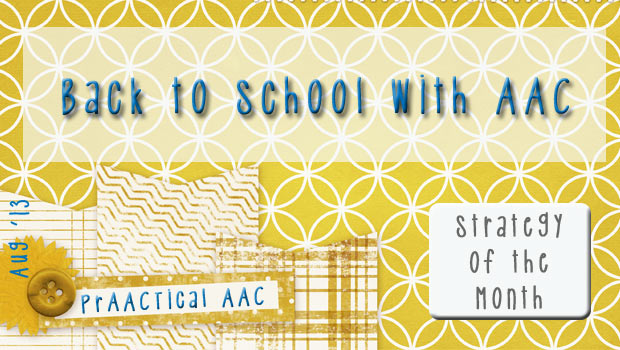
Here in the US, August is Back-to-School month. Throughout this month, we’ll try to post ideas and resources to help make the transition back to school a smooth and successful one. One of the most important things for students who use AAC is having their SLPs, teachers, and families on the same page. They each have a different but very intense relationship with the student’s AAC system. Here are some prAACtical thoughts on getting everyone on the same page.
1. Develop a communication profile of the student: In the initial weeks, try to get a baseline of how the student is communicating at the start of the year. For beginning communicators, we track things like their communicative intents (WHY they are communicating), modalities (HOW they are communicating), and the frequency of their communication. We’ve written about one of our favorite tools for this, the Communication Matrix.
2. Share what you know: Once you know a bit about the learner, make sure that others do, too. This is particularly important for students who communicate using subtle or unconventional signals. You can download a template for a simple ‘gesture dictionary’ chart by clicking the image below.
You may already have a quick info sheet that you share with your team members. If not, here’s one that you can use.
3. Use technology as a convenient way to share information. Let’s face it: No one on the team has enough collaboration time in their schedule. In the old days, face-to-face and telephone were the only options. Now, we have a lot of alternatives.
- Start an email list with the student’s team members so that you can get in the habit of using that to give one another quick updates, alert others to problems, get help, and share resources.
- Use QR codes on documents to link to tip sheets or video demonstrations,
- Collect resources in online venues that make it easy to share information with others. This is a great way to build awareness of strategies. Here are some that we’ve done on aided language input, PODD books and partner-assisted scanning, semantics, and visual schedules. It’s so much easier to send someone to a place like that to access a video, post, or document than to try to remember to send it to them later.
- Text each other. See if some of the people you need to interact with most frequently are comfortable exchanging info periodically by text. If so, you can ask questions or share information on the fly. My favorite text this semester was a photo of the student’s ladybug art with a few words from the graduate student clinician about how our little friend did in that activity. (She touched glue for the first time! Whoo hoo!)
- Build a wiki or website and share general information on AAC tools and strategies there. It can be password protected, if you wish.
NB: Technology allows us to connect more efficiently and effectively, but there are a few important caveats. First, make sure you know what is acceptable and what is taboo within your organization. All the rules of electronic communication (like understanding that others may read it) apply. When communicating about a specific student, stay within accepted boundaries of privacy and confidentiality (e.g., “our little friend” rather than Jilliian or ‘J’). When in doubt, check with your colleagues and administrators. Better safe, than sorry.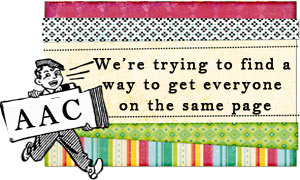
4. Check to be sure everyone knows what kinds of accommodations and modifications should be in place for your students who use AAC. Here’s a handy cheat sheet from Ms. Rachel’s Room.
5. Work with the student and family to write a letter of introduction to new team members. Use that to help the new staff get to know the student and explain key things will need to know about the student. It’s best if this comes from the student and family with support as needed.
If you work with students who use AAC and have strategies for getting everyone on the same page, please share. We’re always looking for fresh ideas.
Filed under: Strategy of the Month
Tagged With: collaboration, Communication Matrix, education, forms, gesture dictionary
This post was written by Carole Zangari
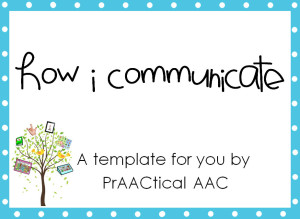
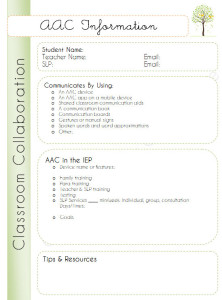


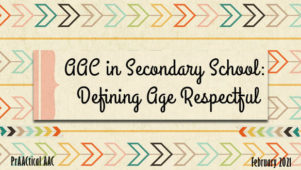
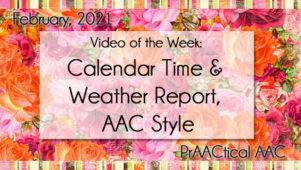
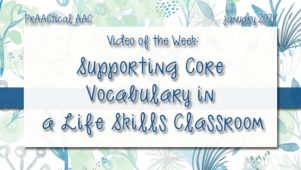
4 Comments
“you” have mentioned using QR codes in a number of your newsletters, etc. It sounds like a wonderful method for sharing information, but I have no idea HOW to even get started. Is there a web page that provides “how-to’ information?
Thanks!
Gwen, let me find some good resources on this. I will post on it soon, okay? It is ridiculousy easy once you get the hang of it.
Might I recommend one resource for QR codes. Dan Herlihy’s Connective Technology Solutions is a great resource for QR codes…among many other things. I’ve had the pleasure of seeing Dan in action at the Closing the Gap conference and he’s quite a dynamic and experienced speaker. Here’s one handout htat he created:
http://center.uoregon.edu/NETA/uploads/NETA2012/HANDOUTS/KEY_329891/UsingQRCodesintheClassroom.pdf
And here’s his website for more resources:
http://www.connectivetechnologysolutions.com/
Jeanne, thanks for these awesome suggestions! Off to check them out…